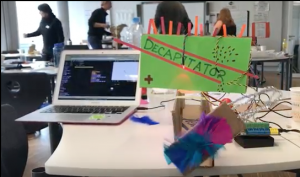
Our mini-golf hole: The Decapitator with motor, flashing LEDs and feathers (of course)
What is it that makes learning really catch fire and take hold? I recently read an article titled ‘Incendiary Learning’ by Chad Walsh from Time and Space Education. They propose that some learning is like a flame–it sparks and burns but eventually the embers die out and the student moves on. Other ‘incendiary’ learning stays with us and drives us to learn more. A level of engagement and autonomy is achieved that takes hold. It left me wondering how often am I providing the sparks to provoke and ignite this kind of deep, passionate learning? I think it’s relatively easy to get a few kids engaged, but how can I make that more widely accessible? What are some of the necessary ingredients to create that fire?
Incendiary learning: A stark contrast. One is perishable and one is enduring. -Chad Walsh
I attended the Makeology Maker Summit at Zurich International School last weekend. The vibe and atmosphere of the conference certainly set the stage for sparks to fly. Making itself is all about finding your passion, digging in and working through the challenges to create something. On the second day I attended a workshop with Gary Stager, one of the pioneers of the maker movement in education. He introduced us to the Hummingbird Robotics Kit and set our groups the challenge to create one hole of an 18 hole put-put golf course. He gave us limited directions and almost no training on the Hummingbird board. It was up to us. For two hours every group in the room worked on their project. We talked, laughed, figured things out, advised, borrowed ideas from other groups, jumped in with our expertise–whether it be sequin gluing or programming motors–and were completely engaged. At the end each group had a working golf hole–each completely different to the others and unique in every way. We proudly laid our golf holes out in the large hallway to create our course and everyone grabbed a club and played, admiring each group’s creativity as we went. A perfect learning experience and a key ingredient to incendiary learning.
Since last weekend, I’ve been caught up in the feeling this experience created. I think we as educators can forget what it’s like to be students. It’s good to have these kind of experiences where we get to be learners again–especially in a rich and dynamic learning environment. It’s nice to take off the teacher hat of responsibility and be able to get in and just make stuff! This is what I love about the maker movement and why it’s so important to foster this in our schools, classrooms and students. This shouldn’t be separate from the curriculum but a huge part of it. Incendiary learning isn’t going to come from worksheets and sitting in rows–it comes from experiences that are rich, meaningful and personal. Making and creating are one way to bring these ideas into the classroom. So what are some of the key components to ignite learning?
Personalize learning, individualize learning, whatever form it takes or looks like, choose the right approach at the right time to connect, develop and strengthen their identity of who they are. Work from that point, work from within! Let students determine their own identity and not the other way around! It is our role to play a hand in nurturing and nudging them in positive ways to see their own potential. –Chad Walsh
I’m working hard to incorporate these ideas into the planning sessions I have with teachers and to find ways to infuse it into our school learning environment. Find the opportunities and set the scene for sparks to fly–sometimes it’s just a small change, a question, a prompt that can get everything started. One lesson.
How will you light a spark for your learners this week?
Image Credits:
• The Decapitator
Featured Image Credit:
• is licensed under
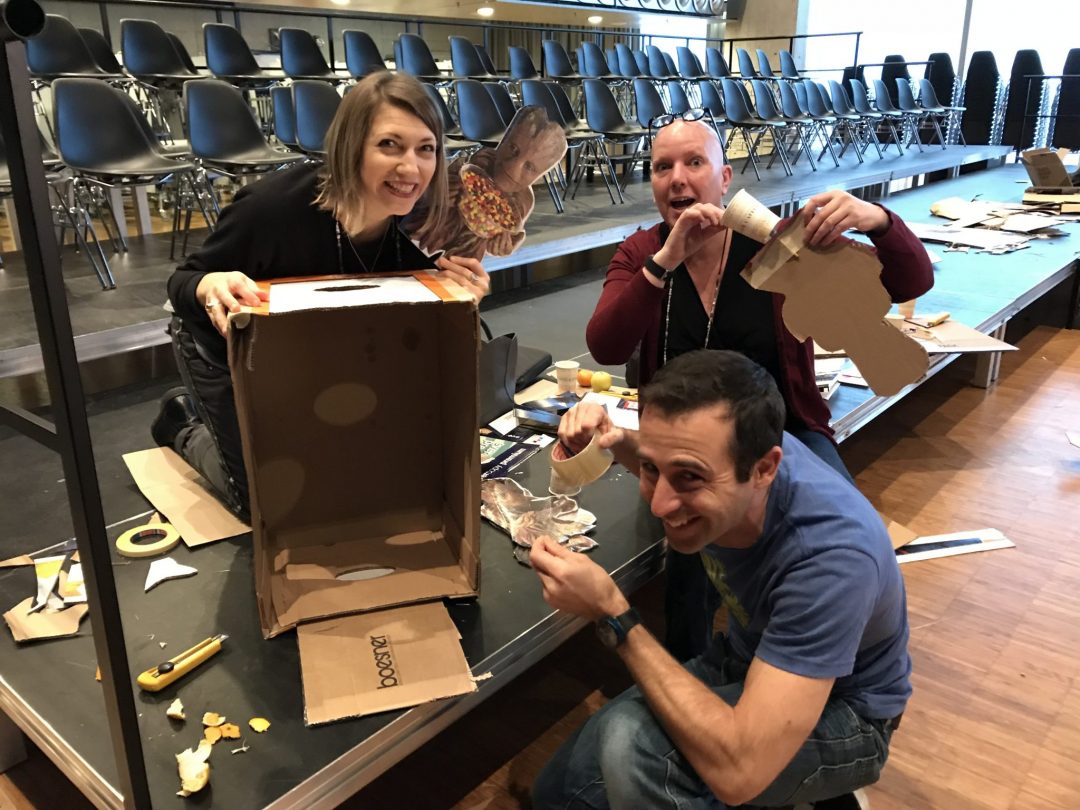
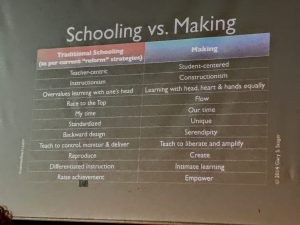
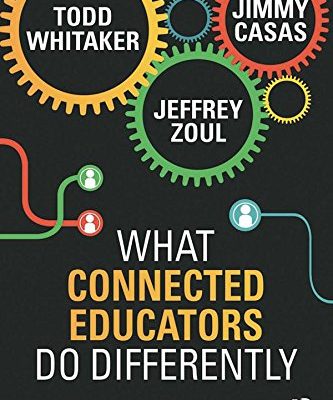
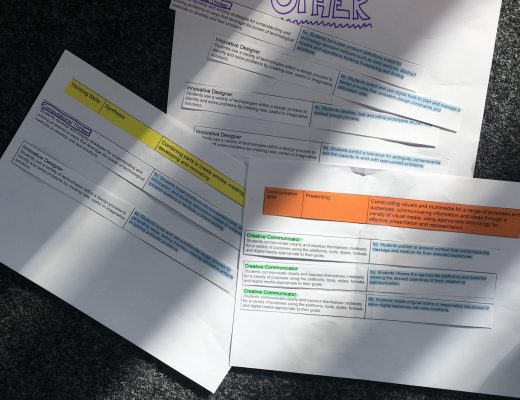
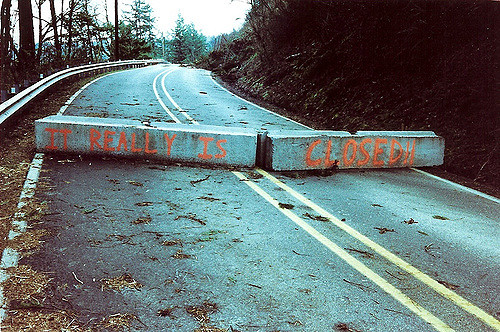








3 Comments
Monica
February 12, 2018 at 09:05That is such a fabulous goal, to plan your lessons so that the amazing bonfire you created allows the students to get caught by the flying sparks in order to create their own amazing bonfires. I want to see that happening in my classroom as well, see the children construct meaning from a tiny spark and develop it into a fantastic fire. Thanks for the great reading!
Mark
February 21, 2018 at 06:41Hi Kim, thanks for your post! I really enjoyed reading about flammable learning and i’m definitely taking this back to my own classroom. I like to think that every teacher wants that learning to continue and not burn out, and it is something I have been working hard on achieving with my class.
One part of your article that I see as vital is that as educators, we all too often forget about the experience the students go through. So my question is how do we encourage this more often, without it just being in a staff meeting time? How can we as educators become part of the learning with students? I like to think our job is to work alongside them, to work with them and having had the experience of being in our collaboratory with my class, the idea of making and creating certainly achieves this in so many ways.
Your post has really made me think about next year already, and I aim to weave the making and creating into the units and to ensure that through each theme we have the opportunity to make, and to build on this as we move through the year. As you said in your post, it shouldn’t be separate from the curriculum it should be a part of it. I’m going with this quote as my mantra for next year! Reading your article also made me think about what the ISHCMC are trying to achieve with their new Studio 5 setup. This article was tweeted by Tania Mansfile @hktans, and is an example of how they see their teachers. https://hundred.org/en/articles/sugata-mitra-exponentially-changing-world-will-redefine-roles-of-the-student-and-the-teacher
Thanks again for the post!
Angela Hoelzl
February 21, 2018 at 10:42Dear Kim,
Thanks for sharing this blog, I very much connected with the quote from Chad Walsh that you included on personalised learning. Your post also made me think about how important it is to get teachers to experience learning through inquiry, or making, for themselves. This is one of the biggest challenges I have when leading workshops; helping them to see that experiencing it for themselves is so powerful. They benefit as they get to reflect on how it makes them feel as a learner – if they were comfortable with it as a learner, they are likely to be comfortable with it as a teachers, and vice versa if not. If we know we don’t like a certain type of activity in oder to provide the range and balance of approaches, we sometimes need to remind ourselves of what we avoid, or tend to over rely on when deciding how best to set up learning engagements for the children. I hear so often, just tell us what we should do, or we can just read about it. That way we will be able to “cover” more of the content. I wonder if the teachers who make such comments teach in a similar mindset… Regardless, I see my role in these occasions as being to set up the group to be ready for practical experiences, and possibly some elements of discomfort. As Mark Jeffrey said in his blog, learning is messy!
You certainly don’t seem to have a problem with getting in there and having a go for yourself. It reads as though you thoroughly enjoyed your experience anyway. No doubt this contributes to your passion for teaching and learning which in turn helps us move forward as a staff..